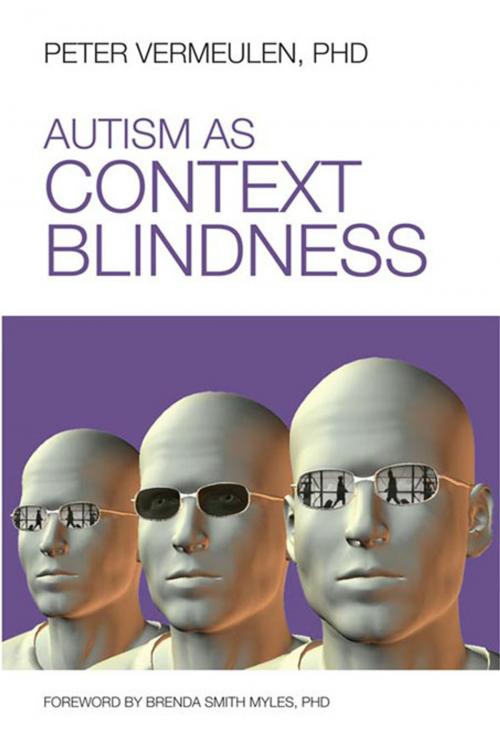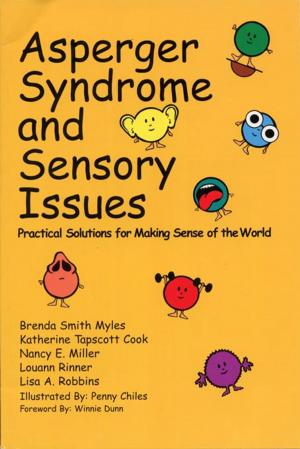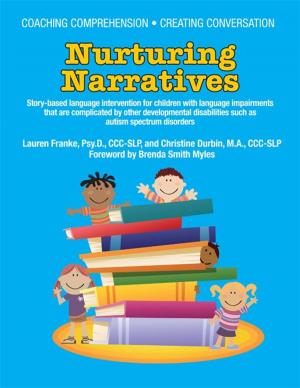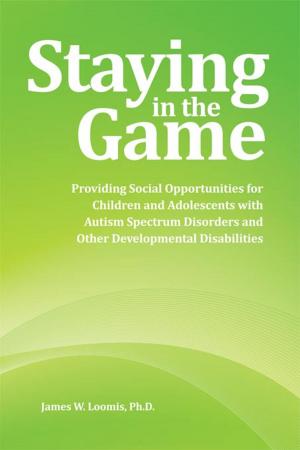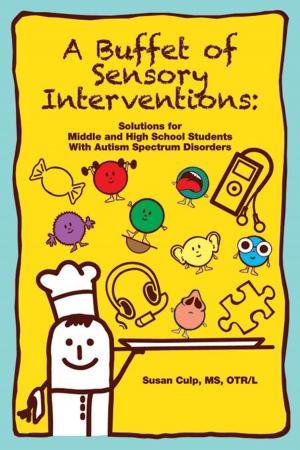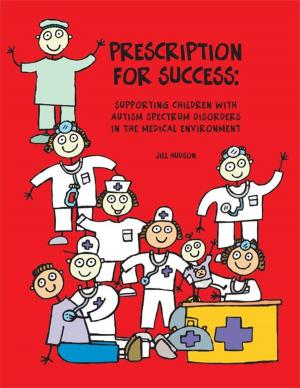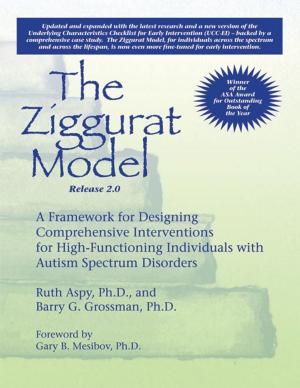| Author: | Peter Vermeulen Ph.D. | ISBN: | 9781937473143 |
| Publisher: | AAPC Publishing | Publication: | April 18, 2012 |
| Imprint: | AAPC Publishing | Language: | English |
| Author: | Peter Vermeulen Ph.D. |
| ISBN: | 9781937473143 |
| Publisher: | AAPC Publishing |
| Publication: | April 18, 2012 |
| Imprint: | AAPC Publishing |
| Language: | English |
Despite years of study and advanced technologies, we still do not fully understand how the “typical” brain works, much less how an autistic brain works. And while we have become increasingly familiar with the term autistic thinking, people with autism are still misunderstood, leading to frustration, depression and missed opportunities to reach one’s potential. According to Peter Vermeulen, treatment of autism is still too focused on behavior and minimally focused on observation or determining the way of thinking that leads to the behavior. In this groundbreaking book, inspired by the ideas of Uta Frith, the internationally known psychologist and a pioneer in theory of mind as it relates to autism, Vermeulen explains in everyday terms how the autistic brain functions with a particular emphasis on the apparent lack of sensitivity to and awareness of the context in which things happen. Full of examples, often humorous, the book goes on to examine “context” as it relates to observation, social interactions, communication and knowledge. The book concludes with a major section on how to reduce context blindness in these various areas, vital for successful functioning. Due to the far-reaching consequences of context blindness, this book, due out in the winter of 2011- 2012, is a must for those living and working with somebody with autism.
Despite years of study and advanced technologies, we still do not fully understand how the “typical” brain works, much less how an autistic brain works. And while we have become increasingly familiar with the term autistic thinking, people with autism are still misunderstood, leading to frustration, depression and missed opportunities to reach one’s potential. According to Peter Vermeulen, treatment of autism is still too focused on behavior and minimally focused on observation or determining the way of thinking that leads to the behavior. In this groundbreaking book, inspired by the ideas of Uta Frith, the internationally known psychologist and a pioneer in theory of mind as it relates to autism, Vermeulen explains in everyday terms how the autistic brain functions with a particular emphasis on the apparent lack of sensitivity to and awareness of the context in which things happen. Full of examples, often humorous, the book goes on to examine “context” as it relates to observation, social interactions, communication and knowledge. The book concludes with a major section on how to reduce context blindness in these various areas, vital for successful functioning. Due to the far-reaching consequences of context blindness, this book, due out in the winter of 2011- 2012, is a must for those living and working with somebody with autism.
